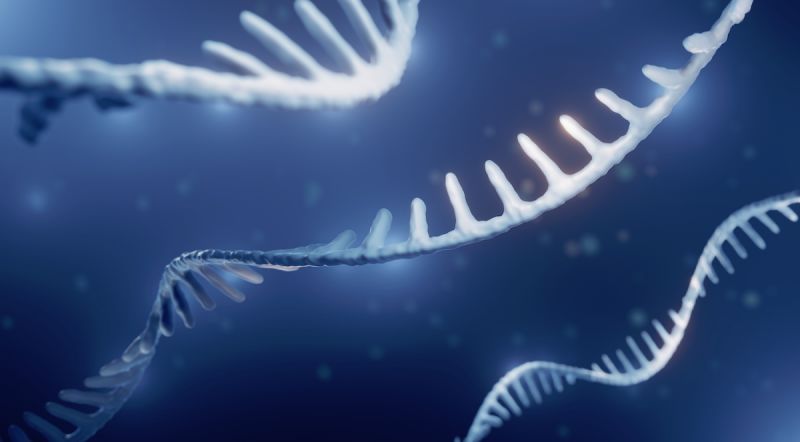
There’s been an explosion in RNA technology in the last decade — and Michigan-based Life Magnetics, Inc. has developed new RNA purification and stabilization technology which has helped the organization win a prestigious National Science Foundation Small Business Innovation and Research award.
RNA Purification and Stabilization since 2018
Here’s some background: The University of Michigan DNA sequencing core reported that in 2018, over 95% of the samples they ran were RNA samples. Many people remember the human genome project of the early 2000s, but these days RNA is far more interesting.
RNA is far more fragile than DNA – while the half-life of DNA is 531 years, the half-life of RNA is just 30 minutes. This means that working with RNA is far more difficult in general, but it’s also considered to be the next revolution in life sciences.
The Benefits of Improved RNA Purification and Stabilization
Practical examples of how RNA technology could change our world include:
- RNAi pesticides as a safer and non-toxic alternative to chemical pesticides
- RNA at-home testing to more effectively screen for diseases
- mRNA and RNAi drugs as an alternative to small molecule drugs
- RNA testing to screen for pathogens in the environment
All of these applications require shipping and storage of RNA. For at-home testing, RNA samples must be stabilized and then shipped back to the lab. In therapeutics and during manufacturing, the shelf-life of the product is a significant concern.
Life Magnetics’ Innovative Purification and Stabilization Technology
The technology developed here uses a specific quantum mechanical mechanism called “pi-pi” stacking. It takes advantage of the fact that this interaction is strongly attractive at close range but slightly repulsive at long range whereas silica surfaces are attractive at all ranges. This forces the nucleic acids into a configuration where they are bound in a specific conformation near the carbon surface. This blocks ribonucleases, a protein that exists in the environment, from destroying the RNA because the solid surface gets in the way.
Also, RNA is generally single stranded but when it’s single-stranded it has a higher risk of falling apart through a process known as auto-hydrolysis where hydrolysis basically means “destruction by water.”
It’s known that this process is slower if the RNA is double-stranded and the carbon surface also acts as a generic complementary strand to suppress this auto-hydrolysis. The pi-pi stacking mechanism is not something new, both DNA and RNA use it. It’s the reason why the bases in DNA make a double-helix, but we engineered an artificial carbon surface to do the same thing.
Life Magnetics’ minimum viable product is in RNA purification. Binding RNA and purifying it from other contamination is the first step towards many of these applications and is a ubiquitous laboratory.
Developing an RNA purification product will be Life Magnetics’ first step to proving the technology works and establishing a viable revenue grounding for the product, after which diagnostic testing or synthetic RNA manufacturing is made possible.

Kevin graduated from the University of Michigan where he received a Doctor of Philosophy in Materials Chemistry with a focus on Semiconductor Surface Chemistry. In 2015, Kevin started Life Magnetics, Inc. with Saravana Murthy. Kevin developed the manufacturing method used to create Life Magnetics’ products and currently oversees manufacturing and business development. Kevin also has five peer-reviewed publications, and seven issued patents.